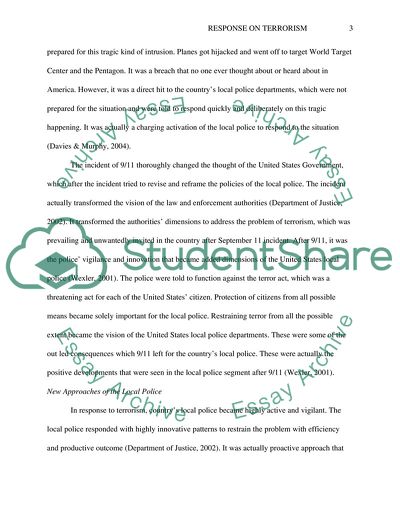Cite this document
(Terrorism and the Response of Local Police Departments Research Paper, n.d.)
Terrorism and the Response of Local Police Departments Research Paper. Retrieved from https://studentshare.org/social-science/1806901-local-police-departments-response-to-terrorism
Terrorism and the Response of Local Police Departments Research Paper. Retrieved from https://studentshare.org/social-science/1806901-local-police-departments-response-to-terrorism
(Terrorism and the Response of Local Police Departments Research Paper)
Terrorism and the Response of Local Police Departments Research Paper. https://studentshare.org/social-science/1806901-local-police-departments-response-to-terrorism.
Terrorism and the Response of Local Police Departments Research Paper. https://studentshare.org/social-science/1806901-local-police-departments-response-to-terrorism.
“Terrorism and the Response of Local Police Departments Research Paper”, n.d. https://studentshare.org/social-science/1806901-local-police-departments-response-to-terrorism.


